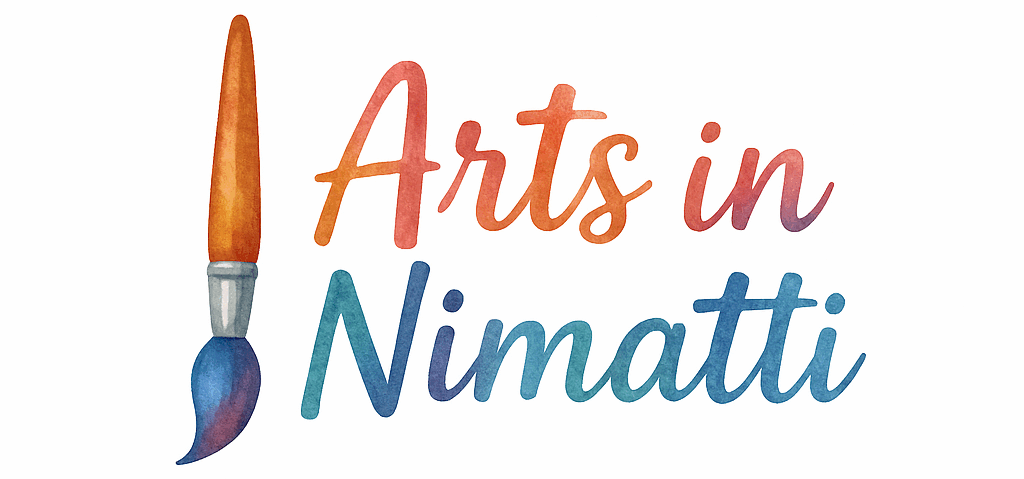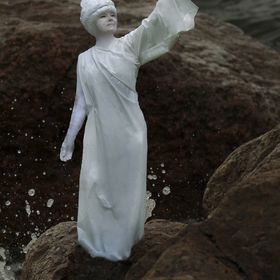Introduction: Why the Right Tools Matter for Artists
As an artist, whether you’re just starting or you’ve been creating for years, having the right tools at your disposal is crucial. The tools you use can significantly affect your workflow, creativity, and even the final outcome of your work. In this article, we’re diving into the 12 must-have tools for every studio artist to ensure your workspace is both functional and inspiring.
The Essential Tools for Every Studio Artist
Building your ideal studio setup starts with understanding the key tools you’ll need for different mediums and techniques. From sketching to painting, sculpting, and even digital art, having the right equipment is essential for any artist. But beyond that, your workspace itself must be comfortable and organized for maximum creativity.
The Importance of a Good Workspace
Before we dive into specific tools, it’s important to consider the environment in which you’ll be working. A well-lit, organized space can make a huge difference in how efficiently and creatively you work. Whether you’re setting up a small corner in your home or a full-fledged studio, comfort and accessibility are key. For inspiration on creating an efficient workspace, check out Art Education for tips on designing a space that fuels your creativity.

Must-Have Tools for Drawing and Sketching
Drawing is the foundation of most visual arts, and for that, you’ll need the right tools to bring your ideas to life. Here are some essential tools to kick-start your drawing process.
Pencils and Charcoal: The Foundation of Any Drawing
A good set of drawing pencils is a must for any artist. You’ll want pencils with different hardness levels, from soft (B) for shading to hard (H) for fine lines. Pairing your pencils with charcoal allows you to create more expressive and dramatic sketches.
Sketchpads and Paper: Choosing the Right Medium
Not all paper is created equal. For pencil and charcoal drawings, look for smooth or textured sketchpads with acid-free paper. You’ll want paper that can hold your medium well without buckling. If you’re experimenting with watercolor or mixed media, explore heavier weight papers designed for those techniques.
Painting Tools Every Artist Needs
When it comes to painting, the right tools are just as critical as the right technique. From brushes to paints, there are a few key tools every studio artist should have.
Paintbrushes: Essential for Fine Detail and Texture
Good paintbrushes are the backbone of any painter’s toolkit. Whether you’re working with oils, acrylics, or watercolors, the brushes you choose will impact your ability to create fine details or bold strokes. Be sure to invest in a range of sizes and shapes, from fine-tipped brushes for detailing to broader brushes for covering larger areas.
Easels: The Backbone of Your Studio Setup
An easel is a staple in every artist’s studio. It holds your canvas at the right angle, helping you maintain comfort and proper posture while you paint. There are many types of easels to choose from, including tabletop easels for small spaces and full-sized easels for large canvases.
Acrylics vs. Oils: Which Paints to Use?
Both acrylic and oil paints offer unique advantages. Acrylics dry faster, making them ideal for artists who like to work quickly and layer their colors. Oil paints, on the other hand, take longer to dry, allowing for more time to blend and manipulate the colors. Explore the different types of paints and choose what suits your style.
For more insights on choosing the right paint for your needs, visit Art Techniques.
Sculpting Tools for 3D Artists
Sculpting is an entirely different beast compared to traditional drawing or painting, but the right tools are just as essential. Here’s a look at the tools every sculptor should have.
Clay Tools: Carving, Shaping, and Detailing
For clay sculptors, modeling tools come in many shapes and sizes, allowing you to carve, detail, and smooth the clay surface. Tools like loop tools, rakes, and needles will help you create intricate textures and refine your sculpture.
Sculpting Armature: Building a Strong Framework
An armature is the internal framework used to support clay sculptures. It provides structure and stability as you build up layers of clay. Be sure to use a sturdy armature to avoid cracks and mishaps while you work.
Digital Tools for Contemporary Artists
In today’s world, many artists are blending traditional and digital mediums. For digital artists, having the right digital tools is just as important as physical tools.
Tablets and Styluses: Bridging the Gap Between Digital and Traditional
A drawing tablet paired with a stylus is essential for digital artists. It allows you to sketch, paint, and create art with precision. The pressure sensitivity of a stylus can mimic traditional brushes, giving you control over your artwork.
For tips on getting started with digital art, explore Art Business for a guide on selling your digital artwork.
Software for Digital Art: Your Virtual Canvas
Having the right digital art software is just as important as having the right tablet. Programs like Adobe Photoshop, Procreate, and Corel Painter offer a wide range of tools and brushes for creating stunning digital masterpieces. Each software has its strengths, so choose one that suits your creative workflow.
The Versatility of Studio Lighting
Good lighting is crucial to every artist’s work process. Proper studio lighting can illuminate your work and provide accurate color representation.
Natural vs. Artificial Lighting: What’s Best for Your Work?
Natural light is ideal for seeing the true colors of your artwork, but it can be inconsistent. Artificial lighting, especially daylight bulbs, can offer a steady, bright light throughout the day. Many artists use a combination of both to create the perfect lighting environment.
Organizing Your Studio with Storage and Shelving
Organization is key to maintaining an efficient workspace. Proper storage ensures that your tools are easy to access and in good condition.
Conclusion: Elevate Your Artistic Journey with the Right Tools
Having the right tools can elevate your art, whether you’re a painter, sculptor, or digital artist. By investing in high-quality equipment and building a functional workspace, you create an environment that nurtures your creativity. Remember, the tools you use should empower your artistic vision and help you create art that speaks to others.
For further inspiration, explore the resources available at Artist Lifestyle.
FAQs
- What’s the best medium for beginner artists?
- Starting with pencils and acrylic paints is recommended, as they’re versatile and beginner-friendly.
- Can I use digital tools for traditional art?
- Yes! Many artists use digital tools like tablets for sketching or enhancing their traditional work.
- What’s an essential tool for sculptors?
- A good set of sculpting tools is essential for shaping and detailing clay or other materials.
- How do I choose the right easel?
- It depends on your space and the size of your canvas. A full-sized easel is great for larger works, while a tabletop easel is better for smaller pieces.
- Why is lighting so important in an art studio?
- Proper lighting ensures you see true colors and helps you work comfortably for long hours.
- What are the best brushes for acrylic painting?
- Look for synthetic brushes that hold paint well and are easy to clean.
- How do I store my art supplies properly?
- Use storage bins, cabinets, or drawers to keep your tools organized and in good condition.


